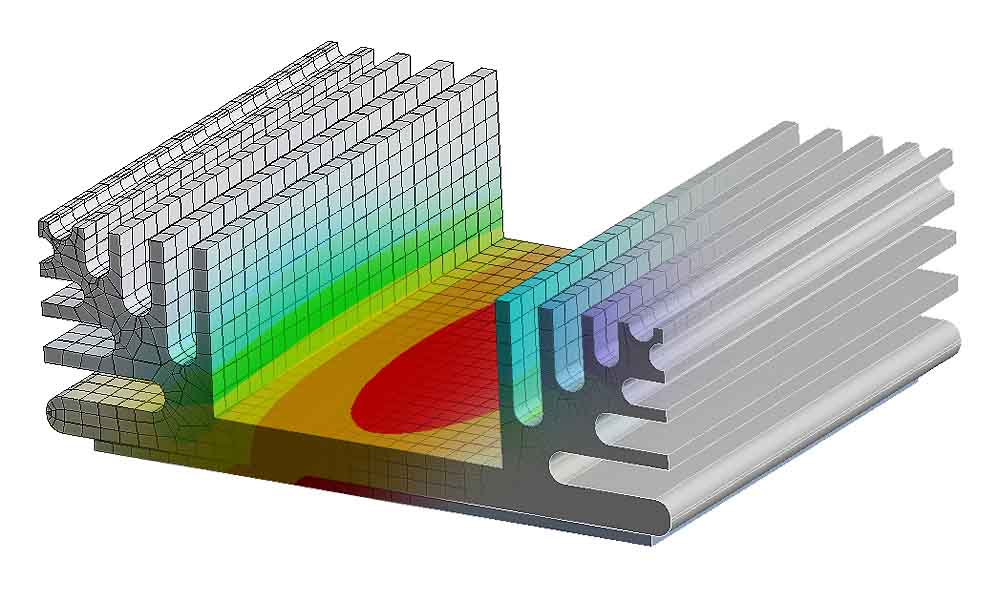People also visited:
Low cost & Portable MRI Systems - A step toward democratization of Health Care
Integrating Minimalism and Human-Centered Design in Restaurant Interiors
Chat GPT: Revolutionizing Conversational AI
Challenges in 3D Medical Imaging Reconstruction: Factors and Considerations
Exploring the New ChatGPT Desktop App: Features and Benefits
Challenges and Opportunities in Waveguide Integration for Next-Generation Quantum Photonic Devices
AI Image Generation: Advanced Techniques for Optimizing Prompts in ChatGPT and MidJourney
Workplace Probationary Period in Europe: 2024 Update Guide for International Job Seekers
Tape-Out Procedures and Layout Optimization in PIC Design: KLayout and Foundry Integration
Cademix introduces a new career autopilot system for jobseekers, graduates and students
Growing in Sawdust: Alternative Planting Medium in Vertical Farming
Success Story: Jackie Genbo Chen
Career Oriented Postdocs
Skills for material engineers and industrial requirements
Why "CV Template PDF" Isn't What You Need: The Right Way to Create an Editable CV
Optimizing Efficiency in High-Voltage Power Transmission for Renewable Energy Integration
Comprehensive Guide to Free CV Creator: How to Create and Customize a Professional CV Online
Sustainable Interior Design with the help of ArchiCAD
SEO Performance Metrics: From Data to Strategy
Electrical Design Tools: EPLAN, AutoCAD Electrical and the Alternates
Food and Agriculture Organization: Roles, Initiatives, and Impact on Global Agriculture
The Overemphasis on Ethical Considerations in AI Development
Redefining University Admissions Criteria: Creativity and IQ Tests as the New Benchmark
GPT-4o for Business: Transforming Workflows and Productivity
People also visited:
Intralogistics Solutions and Automation
Freiberuflicher Architektenjob, Design und Geld verdienen
Prescription Contact Lenses: Choosing the Right Fit for Your Vision Needs
3D Rigging of Logos for Character Animation: Practical Steps
Austria : Top destination for Pakistani graduates
Hospitality and Tourism Careers in Europe: Navigating the Job Market
Cademix Certified Network
Powerful Methods for Multi-Device Success With UX Design
Understanding Cademix's Author Privacy Policy : A Simple Explanation
Career Development Options
Introduction to Computer-Aided Design: Exploring the Basics with TinkerCAD and FreeCAD
Success Story: Narendra Singh
Authorship Privacy Policy at Cademix: A Balance of Anonymity and Accountability
Protecting Your Privacy During Job Training in Europe
Sustainable Practices in Farm Equipment for Sale: Embracing a Circular Economy
Rules to help you prepare for your next Zoom or Skype interview
Comprehensive Guide to Resume Template Download: How to Find, Download, and Customize for Job Applic...
Nursing Ausbildung vs. University Pathway in Germany: Choosing the Right Route
How Public Perceives Multidisciplinary Experts: Insights from Psychology and the Halo Effect
Renting an Apartment in Austria: Essential Tips for International Students and Job Seekers
Career Opportunities in UX Design: Skills and Roles Shaping the Future
Selection of Materials and Plastic Technology in Pharma
How do Smart Electrochemical Biosensors control the COVID-19 pandemic?
Unlocking Opportunities: A Comprehensive Guide to Agriculture Jobs for International Job Seekers













